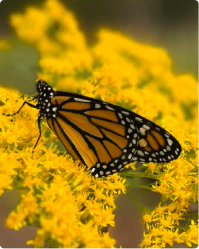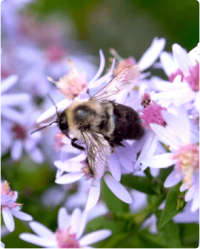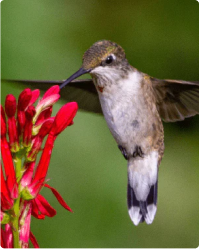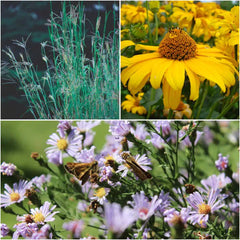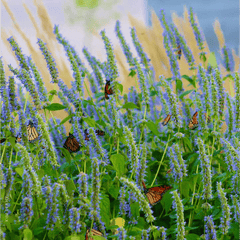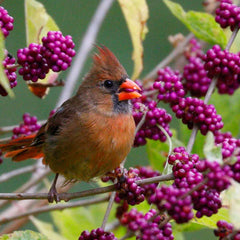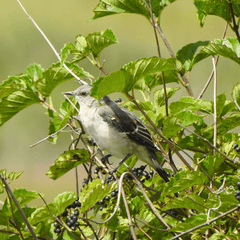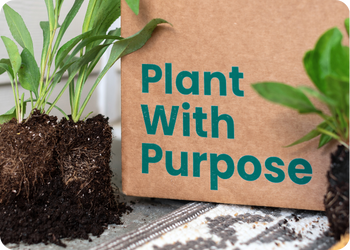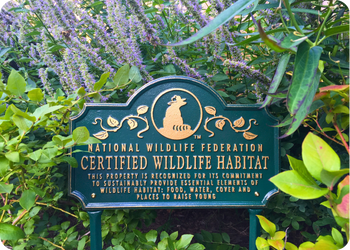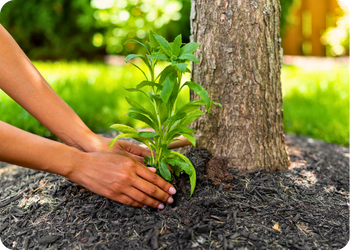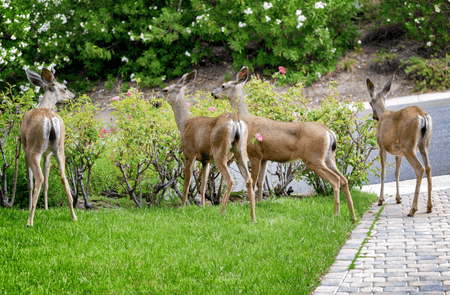Spring Garden Care: How to care for your native plants this spring


While we’re eager to tackle “spring cleaning” of our garden beds and plant containers this time of year, it’s important to be mindful in our approach. Though we desire a fresh and clean look, much of the leaf debris and old stalks from last year provide wonderful benefits to wildlife. The leaf debris can also help your plants survive the unexpected widespread below-freezing and extreme temperature shifts we’re experiencing more regularly during early spring months.
Ideally, you should wait until the daytime temperatures are consistently above 50 degrees Fahrenheit for at least seven consecutive days before attempting a thorough spring clean-up. The tender Garden for Wildlife™ native plants you planted last year have become more established over the winter and can start generating hardy new plant foliage soon. (Keep in mind that each of our native plant species emerges with new growth at different times.) However; if below-freezing temperatures are predicted for several days after a period of higher temperatures, we recommend you leave leaf debris and mulch around your new plant growth a little longer to provide a cozy garden bed for wildlife and help your plants survive drastic weather changes.
Once the weather and timing are right, here are some tips from our experts that will help you care for your native perennials during spring to ensure success–and support of wildlife–for seasons to come:
TIP #1: When cleaning weeds or debris from your garden beds and planting containers, use a light touch being careful not to damage any emerging growth of bulbs and perennials. It's sometimes better to let your plants grow larger before weeding, so you can see where things emerge near your plant tags and determine what is a plant and what may be weeds. For plants in containers, be sure to confirm that the drainage holes are clear.
TIP #2: Look for bee activity in old stalks such as ends plugged with mud or plant material. Leave those stalks in place for nesting bees. If you decide to cut back any remaining dead stalks, either leave approximately 8-12 inches or, if removed, place them outside somewhere they can still provide habitat for beneficial insects and bees that may be living inside.
TIP #3: Topping your soil with compost, leaf mold, and/or a light layer of mulch will help retain soil moisture and suppress weeds. Too much mulch can harm plants and soil, so “light” is the key word here; we suggest adding no more than 2” of additional topping. If planting in containers, the same rules apply when adding any new potting mix.
TIP #4: Remember that new plants take a couple of years to fully mature and spread out, so while you may be tempted to fill any bare spots in your garden bed, we suggest waiting another year to see how your native plants grow and spread. If you need a reminder, we note the spread and height measurements on the garden tags that come with our plants, as well as on our website.
TIP #5: If you wish to plant new perennials, you can start as soon as the ground isn't frozen anymore. Freshly planted perennials need some time to get settled and grow new roots before the hot summer weather hits. This is especially important for trees and shrubs.
TIP #6: Finally, and possibly one of the most important things we can say — NEVER use herbicides or pesticides on your native plants. It’s harmful to wildlife. Plus, one of the best parts about native plants is that they will not need chemicals to grow and stay beautiful!
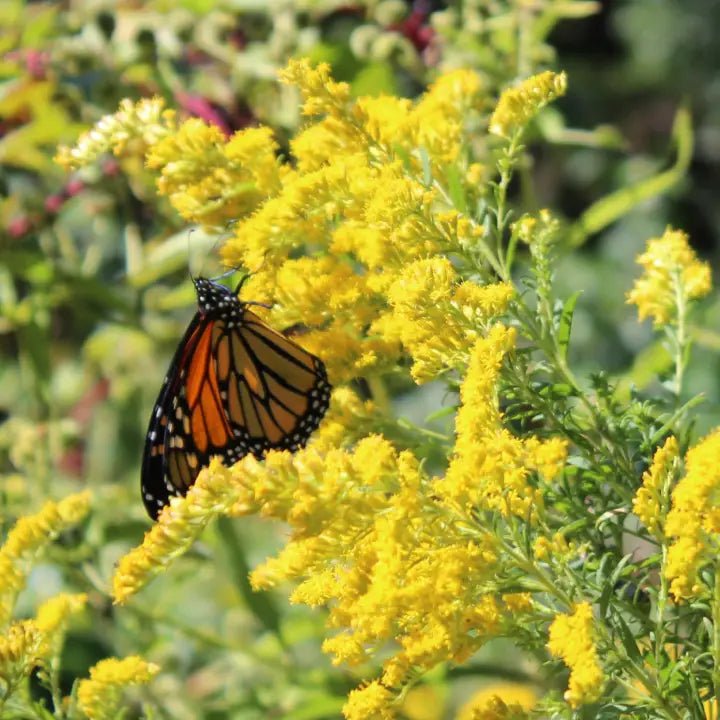
Find Native Plants by Zip Code
We took the guesswork out of planting native. Check your zip to see what ships!
